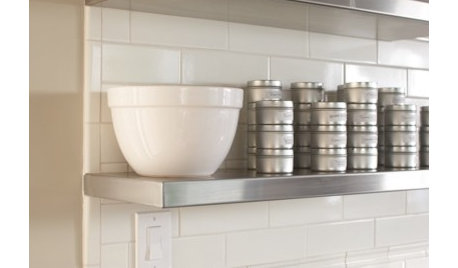Does ph matter if I PRESSURE can?
woohooman San Diego CA zone 10a
9 years ago
Featured Answer
Sort by:Oldest
Comments (14)
digdirt2
9 years agowoohooman San Diego CA zone 10a
9 years agoRelated Professionals
Windham Landscape Architects & Landscape Designers · West Milford Landscape Architects & Landscape Designers · Folsom Landscape Architects & Landscape Designers · Bellefontaine Neighbors Landscape Contractors · Bound Brook Landscape Contractors · Point Pleasant Landscape Contractors · Rockwall Landscape Contractors · View Park-Windsor Hills Landscape Contractors · Boerne Roofing & Gutters · Lexington Roofing & Gutters · West Orange Roofing & Gutters · Cincinnati Driveway Installation & Maintenance · Ramona Driveway Installation & Maintenance · Randolph Driveway Installation & Maintenance · Royal Oak Driveway Installation & Maintenancewoohooman San Diego CA zone 10a
9 years agodigdirt2
9 years agowoohooman San Diego CA zone 10a
9 years ago2ajsmama
9 years agomorz8 - Washington Coast
9 years agomorz8 - Washington Coast
9 years agowoohooman San Diego CA zone 10a
9 years ago2ajsmama
9 years agodigdirt2
9 years agowoohooman San Diego CA zone 10a
9 years ago2ajsmama
9 years ago
Related Stories

DECORATING GUIDESHow to Choose an Awesome Area Rug No Matter What Your Space
High use, a low door, kids and pets running amok — whatever your area endures, this insight will help you find the right rug for it
Full Story
INSIDE HOUZZHow Much Does a Remodel Cost, and How Long Does It Take?
The 2016 Houzz & Home survey asked 120,000 Houzzers about their renovation projects. Here’s what they said
Full Story
THE POLITE HOUSEThe Polite House: Can I Put a Remodel Project on Our Wedding Registry?
Find out how to ask guests for less traditional wedding gifts
Full Story
REMODELING GUIDESBathroom Workbook: How Much Does a Bathroom Remodel Cost?
Learn what features to expect for $3,000 to $100,000-plus, to help you plan your bathroom remodel
Full Story
ARCHITECTUREWhy Authenticity in Architecture Matters
Is your home's exterior making a promise it doesn't keep? Learn why integrity and consistency are essential for architectural success
Full Story
MOST POPULARWhen Does a House Become a Home?
Getting settled can take more than arranging all your stuff. Discover how to make a real connection with where you live
Full Story
KITCHEN DESIGNHow Much Does a Kitchen Makeover Cost?
See what upgrades you can expect in 3 budget ranges, from basic swap-outs to full-on overhauls
Full Story
ENTRYWAYS7 Ways to Make the Front Entry Matter Again
Curb appeal: See how designers play down the garage and celebrate the front door
Full Story
REMODELING GUIDESHome Styles: Why Postmodernism Still Matters
Playful mix of history and irony helped pave the way for today's headline-making buildings
Full Story
EXTERIORS7 Exterior Makeovers Show How Details Matter
These dramatic before-and-after photos could inspire your own exterior update
Full StoryMore Discussions






dgkritch